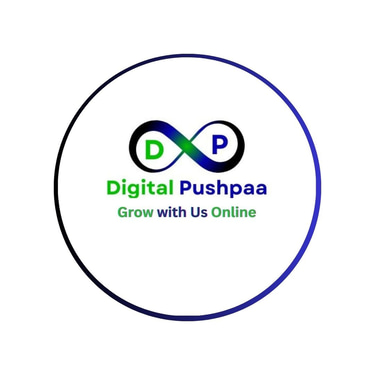Unlocking the Power of Hyper-Personalization with Data Analytics for Enhanced Customer Experience
Discover how hyper-personalization, powered by data analytics, is transforming customer experiences. Learn the benefits, challenges, and strategies for using data analytics to create personalized, impactful marketing campaigns.
3/3/20253 min read


Hyper-Personalization with Data Analytics: The Future of Customer Experience
In today’s fast-paced digital world, customers are no longer satisfied with generic, one-size-fits-all experiences. They demand tailored solutions, relevant content, and personalized communication. This is where hyper-personalization comes into play. By leveraging data analytics, businesses can create highly personalized experiences that resonate with individual customers, resulting in improved customer satisfaction, loyalty, and ultimately, higher conversions.
What is Hyper-Personalization?
Hyper-personalization goes beyond traditional personalization. While personalization simply involves segmenting customers based on broad categories, hyper-personalization uses data to deliver a unique experience for each individual. It incorporates real-time customer data, behavior patterns, preferences, and past interactions to craft messages, recommendations, and offers that feel one-to-one, rather than mass-produced.
The Role of Data Analytics in Hyper-Personalization
At the heart of hyper-personalization lies data analytics. Without accurate and comprehensive data, it would be impossible to understand customer behavior and deliver personalized experiences. Here’s how data analytics plays a pivotal role in creating hyper-personalized customer journeys:
Customer Segmentation: Data analytics allows businesses to segment their audience with greater precision. By analyzing customer demographics, buying behaviors, and interactions, companies can create smaller, more focused groups. This segmentation enables businesses to tailor their strategies more effectively and reach customers with relevant content.
Behavioral Tracking: With the help of advanced analytics tools, businesses can track and analyze how customers interact with websites, emails, or apps. Understanding where customers spend the most time, what they click on, and what products they engage with helps in designing personalized recommendations, offers, and even dynamic pricing.
Predictive Analytics: Predictive analytics uses historical data to forecast future customer behavior. By applying machine learning algorithms to the data, businesses can predict what products a customer may be interested in next, the likelihood of them making a purchase, or even when they might churn. This insight allows businesses to proactively engage customers with the right offer at the right time.
Real-Time Personalization: Data analytics enables real-time personalization by gathering and analyzing data in real time. This means businesses can respond instantly to customer needs and preferences, creating a dynamic shopping experience. For example, e-commerce websites can show customized product recommendations based on the user’s browsing history, driving engagement and conversions.
Improved Customer Journey Mapping: With access to extensive data, businesses can map out the customer journey with greater accuracy. Understanding every touchpoint from awareness to purchase helps businesses create a seamless, frictionless experience that feels tailored to each individual. This results in higher customer satisfaction and a stronger relationship with the brand.
Benefits of Hyper-Personalization for Businesses
Enhanced Customer Experience: By delivering relevant and personalized content, businesses can significantly improve the customer experience. When customers feel understood and valued, they are more likely to engage with the brand, make purchases, and share positive feedback.
Increased Conversion Rates: Hyper-personalization has been shown to increase conversion rates. Personalized recommendations, targeted offers, and dynamic content keep customers engaged, leading to more sales and higher revenue.
Higher Customer Loyalty: When customers receive a highly personalized experience, they are more likely to develop a sense of loyalty toward the brand. Loyal customers are more likely to make repeat purchases and recommend the business to others, driving long-term growth.
Better ROI: By using data analytics to fine-tune marketing strategies, businesses can maximize their return on investment (ROI). Hyper-personalization ensures that marketing efforts are focused on high-value customers and the most effective channels, reducing waste and increasing overall efficiency.
Challenges of Hyper-Personalization
While hyper-personalization offers numerous benefits, it also comes with challenges. Collecting, analyzing, and interpreting vast amounts of data can be resource-intensive and complex. Additionally, businesses must be careful to balance personalization with privacy. Customers expect personalized experiences, but they also want to know that their data is secure and being used responsibly.
Conclusion
Hyper-personalization, powered by data analytics, is revolutionizing the way businesses interact with customers. By using data to create personalized experiences, businesses can build deeper relationships with their audience, enhance customer satisfaction, and increase sales. As technology continues to evolve, the potential for hyper-personalization will only grow, making it an essential strategy for companies looking to stay ahead in a competitive market.
To succeed in this new era of customer experience, businesses need to embrace data analytics, invest in the right tools, and prioritize customer privacy. The future of marketing is hyper-personalized, and businesses that master it will thrive in the digital age.
